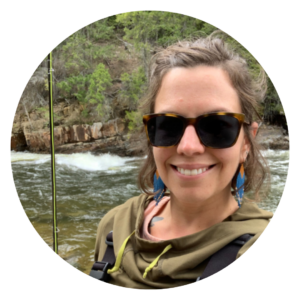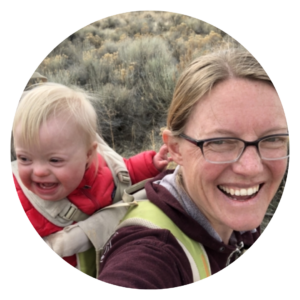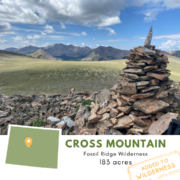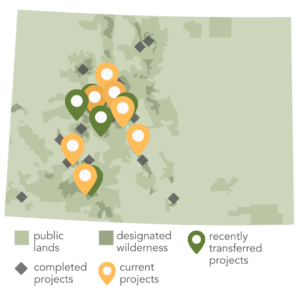Thirteen properties protected in Colorado’s San Juan Mountains
March 7, 2025-
In southwest Colorado, the Uncompahgre Wilderness meets the American Flats, Handies Peak, and Red Cloud Peak Wilderness Study Areas in the high peaks and sweeping vistas of the San Juan Mountains. Remnants of the area’s rich mining history scatter the mountainsides, including the Alpine Loop Scenic Byway— 63 miles of old mining roads turned off-road vehicle destination, which winds through seven ghost towns and traverses two high passes. In addition to OHV users, the area draws recreationists of all kinds, with several 14,000’+ peaks, the famous views and summer wildflower displays of American Basin, Lake Fork of the Gunnison River, and many alpine lakes.
Two years ago, the Trust purchased a group of 17 properties adjoining the Red Cloud and Handies Peak Wilderness Study Areas. With access from the Alpine Loop byway, these properties were at high risk of development for cabins, resorts, and other commercial recreation uses. We recently built off the success of that project with the purchase of another 13 properties in the same area.

Looking at a map there are no shortage of private properties within the surrounding public lands. But with these projects we have strategically targeted properties within or adjacent to the wilderness study areas (WSAs). WSAs, managed by the BLM, are areas with “a minimum size, naturalness, and outstanding opportunities for recreation which make them eligible for designation as wilderness.” In 1976, Congress directed the BLM to evaluate all of its land for the presence of wilderness characteristics, and identified areas became WSAs. The establishment of a WSA served to identify areas for Congress to consider for addition to the National Wilderness Preservation System. Until Congress makes a decision to add or end consideration of a WSA, the BLM manages the area to ensure its suitability for designation as wilderness is not impaired.
Removing private inholdings, and their uses which are incompatible with wilderness, from proposed wilderness areas such as WSAs is important in paving the way for them to potentially become designated wilderness one day. With 30 properties total now protected in these potential wilderness areas, together we have made real progress in unifying this landscape, which will not only aid in its future prospects of designation, but have the immediate benefit of preserving almost 300 acres of fragile alpine ecosystems, creaks, and public trails.
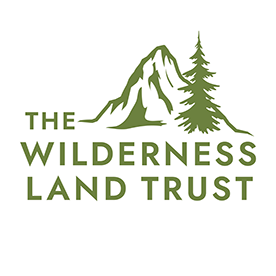
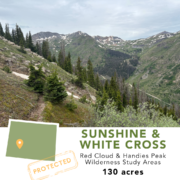

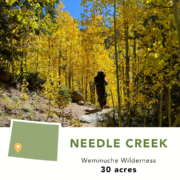
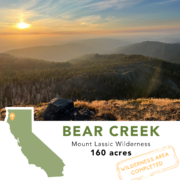
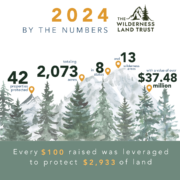
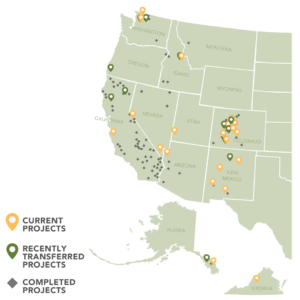 This year we protected 42 properties totaling 2,073 acres from Alaska to Virginia. With the threat of development removed, they will remain open for wildlife to roam, resilient habitats to thrive, and people from all walks of life to explore. The monetary value of these lands is over $37 million, but the real value that they bring to our lives through clean air and water, solitude, and inspiration is so much greater. In this fast-changing world, their intrinsic value surpasses any dollar amount.
This year we protected 42 properties totaling 2,073 acres from Alaska to Virginia. With the threat of development removed, they will remain open for wildlife to roam, resilient habitats to thrive, and people from all walks of life to explore. The monetary value of these lands is over $37 million, but the real value that they bring to our lives through clean air and water, solitude, and inspiration is so much greater. In this fast-changing world, their intrinsic value surpasses any dollar amount.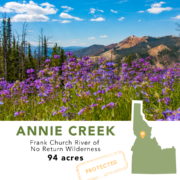
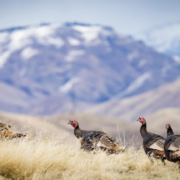
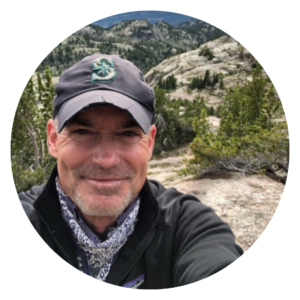 Brad- This holiday season, I am most thankful for our generous donors who provide the critical financial resources that we need in order to pursue our mission. They routinely welcome me into their homes or to sit down and share a meal, share their personal experiences that connect them to wilderness, and offer all that they can to support what we do. All of them are more than supporters of The Wilderness Land Trust. They are family and I remain forever grateful for their generosity.
Brad- This holiday season, I am most thankful for our generous donors who provide the critical financial resources that we need in order to pursue our mission. They routinely welcome me into their homes or to sit down and share a meal, share their personal experiences that connect them to wilderness, and offer all that they can to support what we do. All of them are more than supporters of The Wilderness Land Trust. They are family and I remain forever grateful for their generosity.
